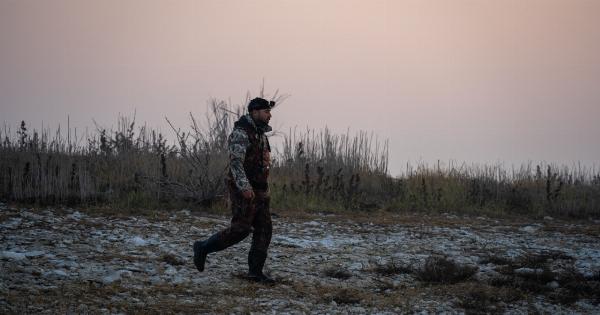Slugs are one of the most common garden pests, causing a significant loss in crop yields. Among the different types of slugs, food-specific slugs, which are attracted to specific plants and crops, are known to cause the most damage.
Identifying deficiencies in food-specific slug populations is critical in protecting crops and reducing losses. In this article, we will explore how visual cues can be used to identify deficiencies in food-specific slug populations.
Understanding the Behavior of Food-Specific Slugs
Food-specific slugs are attracted to specific plants or crops. They rely on visual and chemical cues to locate their desired food. When food is scarce, slugs may switch to alternative food sources or become inactive.
Understanding the behavior of food-specific slugs is crucial in identifying deficiencies in their populations.
Visual Cues that Indicate Slug Deficiencies
Visual cues can be used to identify deficiencies in food-specific slug populations. Some of the visual cues that indicate slug deficiencies are as follows:.
1. Leaf Damage
Food-specific slugs are known to cause specific types of leaf damage. For example, slugs that feed on lettuce leave behind large holes in the leaves, while slugs that feed on hosta leave behind jagged edges.
Inspecting the leaves for signs of damage can help identify deficiencies in slug populations.
2. Slug Trails
Slugs leave behind a slimy trail as they move around the plants. Slug trails can provide insight into the size and activity level of slug populations. High slug activity will result in more trails.
3. Presence of Eggs
Slugs lay their eggs in clusters or masses in damp areas. The presence of slug eggs can indicate the potential growth of slug populations.
4. Moisture Levels
Slugs thrive in damp environments. Soil moisture levels can affect the population growth of slugs. Higher moisture levels may lead to a rise in slug populations, while dry environments can hinder population growth.
Prevention and Control Methods
Preventing and controlling slug populations is essential in protecting crops and reducing losses. Here are some prevention and control methods:.
1. Good Gardening Practices
Clean and weed-free gardens can help reduce slug populations. Removing debris, mulching, and regulating moisture levels can create an unfavorable environment for slugs.
2. Barriers and Traps
Barriers such as copper tape or mesh can prevent slugs from reaching crops. Additionally, traps such as beer traps can be used to lure slugs away from plants.
3. Natural Predators
Introducing natural predators such as ducks, chickens, or hedgehogs can help control slug populations.
Conclusion
Identifying deficiencies in food-specific slug populations is crucial in protecting crops from pest damage and reducing losses. Visual cues such as leaf damage, slug trails, presence of eggs, and moisture levels can be used to identify deficiencies.
Prevention and control methods include good gardening practices, barriers and traps, and natural predators.































